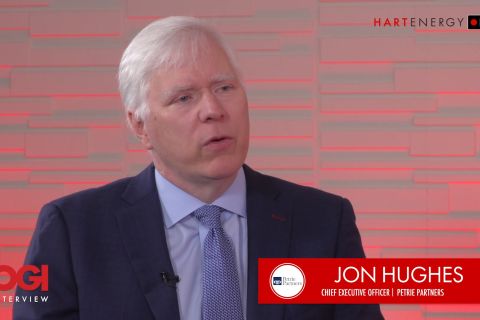The world will require very little extra oil from OPEC this year as booming U.S. output will offset falling exports from Iran and Venezuela, the International Energy Agency (IEA) said on May 15.
The IEA, which coordinates the energy policies of industrial nations, said Washington’s decision to end sanctions waivers that had allowed some importers to continue to buying Iranian crude added to the “confusing supply outlook.”
“However, there have been clear and, in the IEA’s view, very welcome signals from other producers that they will step in to replace Iran’s barrels, albeit gradually in response to requests from customers,” the Paris-based IEA said in its monthly report.
“There is certainly scope for other producers to step up production,” it said, adding that it estimated OPEC states in April had produced about 440,000 barrels per day [bbl/d] less than the amount agreed in a production pact, with Saudi Arabia producing 500,000 bbl/d below its allocation.
The IEA said there was a “modest offset to supply worries from the demand side,” as it expected growth in global oil demand to be 1.3 million bbl/d in 2019, or 90,000 bbl/d less than previously forecast. It said 2018 demand growth had been estimated at 1.2 million bbl/d.
Global oil demand would average 100.4 million bbl/d in 2019, exceeding 100 million bbl/d for the first time, according to the IEA. It also said higher output from producers outside OPEC, especially the United States in the second quarter, would keep the market well supplied.
U.S. production of oil and condensates was forecast to rise by 1.7 million bbl/d in 2019. Crude oil would account for about 1.2 million bbl/d of that rise, the IEA said, although it added that said this would be lower than U.S. crude oil output growth of 1.6 million bbl/d in 2018.
The IEA said reduced rig counts and maintenance in the Gulf of Mexico had affected U.S. output in the first half of the year, but an uptick in drilling permits and hydraulic fracturing, or fracking, early in the year would lift output.
Global oil supply in April fell 300,000 bbl/d, the IEA said, with Canada, Kazakhstan, Azerbaijan and Iran leading the losses. But OPEC crude output rose by 60,000 bbl/d to 30.21 million bbl/d, on higher flows from Libya, Nigeria and Iraq, the IEA added.
The IEA said the call on OPEC would be 30.9 million bbl/d in second-quarter 2019 and would fall to 30.2 million bbl/d in the second half of the year.
Recommended Reading
The OGInterview: Petrie Partners a Big Deal Among Investment Banks
2024-02-01 - In this OGInterview, Hart Energy's Chris Mathews sat down with Petrie Partners—perhaps not the biggest or flashiest investment bank around, but after over two decades, the firm has been around the block more than most.
Petrie Partners: A Small Wonder
2024-02-01 - Petrie Partners may not be the biggest or flashiest investment bank on the block, but after over two decades, its executives have been around the block more than most.
BP’s Kate Thomson Promoted to CFO, Joins Board
2024-02-05 - Before becoming BP’s interim CFO in September 2023, Kate Thomson served as senior vice president of finance for production and operations.
Magnolia Oil & Gas Hikes Quarterly Cash Dividend by 13%
2024-02-05 - Magnolia’s dividend will rise 13% to $0.13 per share, the company said.
TPG Adds Lebovitz as Head of Infrastructure for Climate Investing Platform
2024-02-07 - TPG Rise Climate was launched in 2021 to make investments across asset classes in climate solutions globally.





